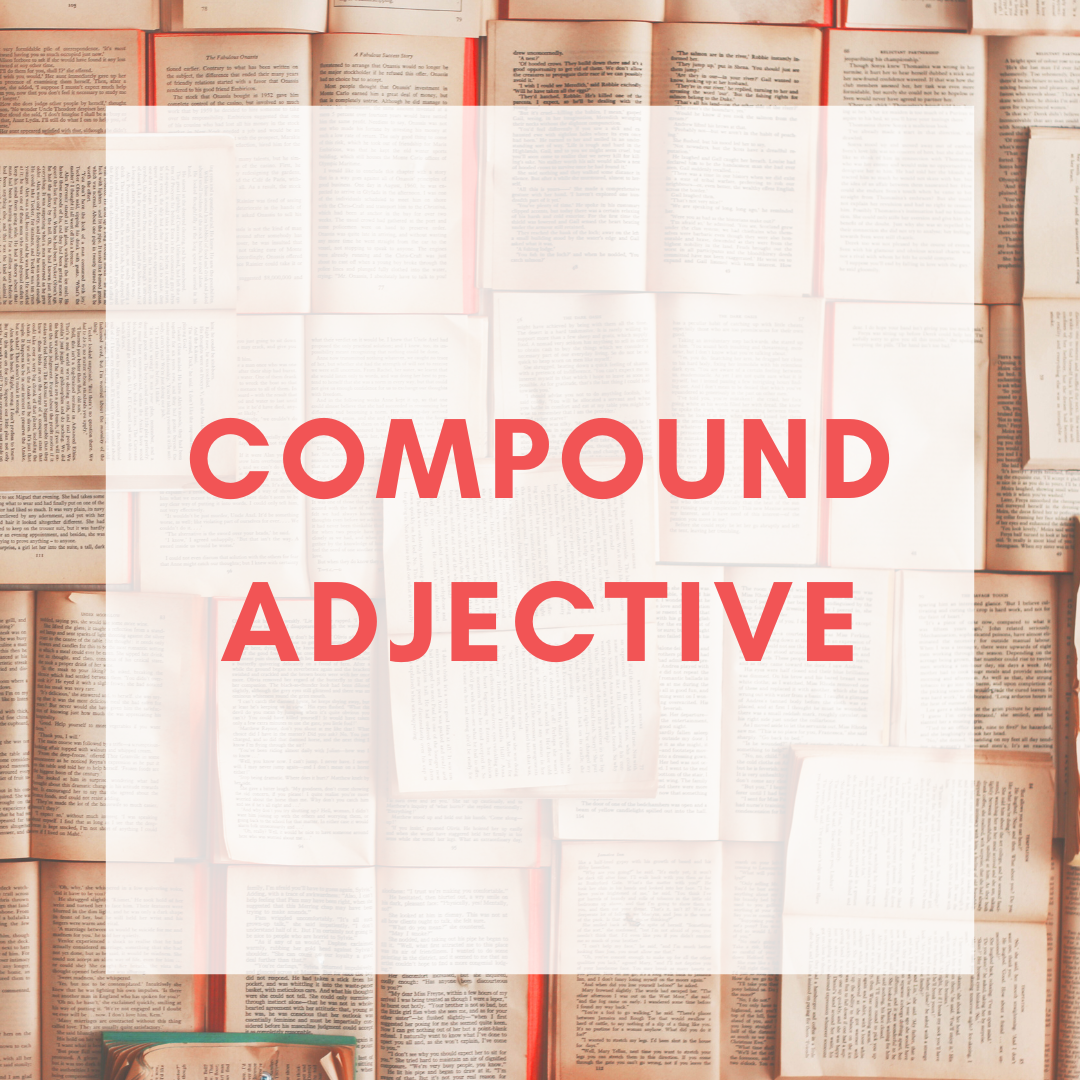Introduction:
In the intricate landscape of language, compound adjectives stand out as powerful tools for precision and conciseness. Understanding their structure and usage can significantly elevate your writing, making it more vivid and expressive.
Definition:
Compound adjectives are formed by combining two or more words to modify a noun. These adjectives work together to convey a more nuanced or specific meaning, often eliminating the need for additional descriptive phrases.
Examples:
- Green-eyed monster: Describing envy with a compound adjective paints a clearer picture.
- Well-known author: Combining “well” and “known” succinctly conveys the author’s established reputation.
Versatility in Expression:
Compound adjectives offer a wide range of possibilities, allowing writers to express concepts that might otherwise require lengthy explanations. From color combinations to time-related nuances, the versatility of compound adjectives empowers writers to capture complex ideas in a single phrase.
Hyphenation Guidelines:
While not all compound adjectives require hyphenation, understanding when to use hyphens ensures clarity and readability. Explore the nuances of hyphenation rules to master the art of crafting seamless compound adjectives.
Impact on Style and Tone:
The use of compound adjectives can influence the tone of your writing. Whether aiming for formality or injecting a touch of creativity, the strategic use of these adjectives contributes to the overall style of your prose.
Common Mistakes to Avoid:
Misusing compound adjectives can lead to confusion. Highlighting common errors and offering practical tips can guide writers toward effective usage.
Let’s see few more examples on compound adjectives to illustrate their usage:
- Time-related:
- Five-year plan
- Last-minute decision
- Twenty-page essay
- Color combinations:
- Blue-green ocean
- Red-hot iron
- Black-and-white photograph
- Quantity and Measurement:
- Ten-pound weight
- Three-hour movie
- Fifty-dollar bill
- Age-related:
- Eight-year-old child
- Twelve-month journey
- Seventy-year-old tradition
- Origin and Material:
- French-made perfume
- Silk-covered notebook
- Gold-plated necklace
- Size and Length:
- King-sized bed
- Six-foot ladder
- Pocket-sized dictionary
- Emotional States:
- Love-struck teenager
- Heartbroken friend
- Joyful celebration
- Environmental Descriptions:
- Rain-soaked streets
- Sun-drenched landscape
- Wind-swept hair
- Purpose and Function:
- Sleep-inducing music
- Time-saving technique
- Money-making scheme
- Degree and Intensity:
- High-pitched scream
- Fast-paced action
- Slow-moving traffic
Remember, compound adjectives offer a creative and efficient way to convey specific meanings, and their proper use can enhance the clarity and expressiveness of your writing.
Conclusion:
As we navigate the rich tapestry of language, mastering the art of compound adjectives becomes a valuable skill. This blog post aims to demystify their structure, showcase their impact on writing, and provide insights into creating compelling and concise expressions that resonate with readers.
If you want to speak English naturally and fluently just like your mother tongue, click here.

